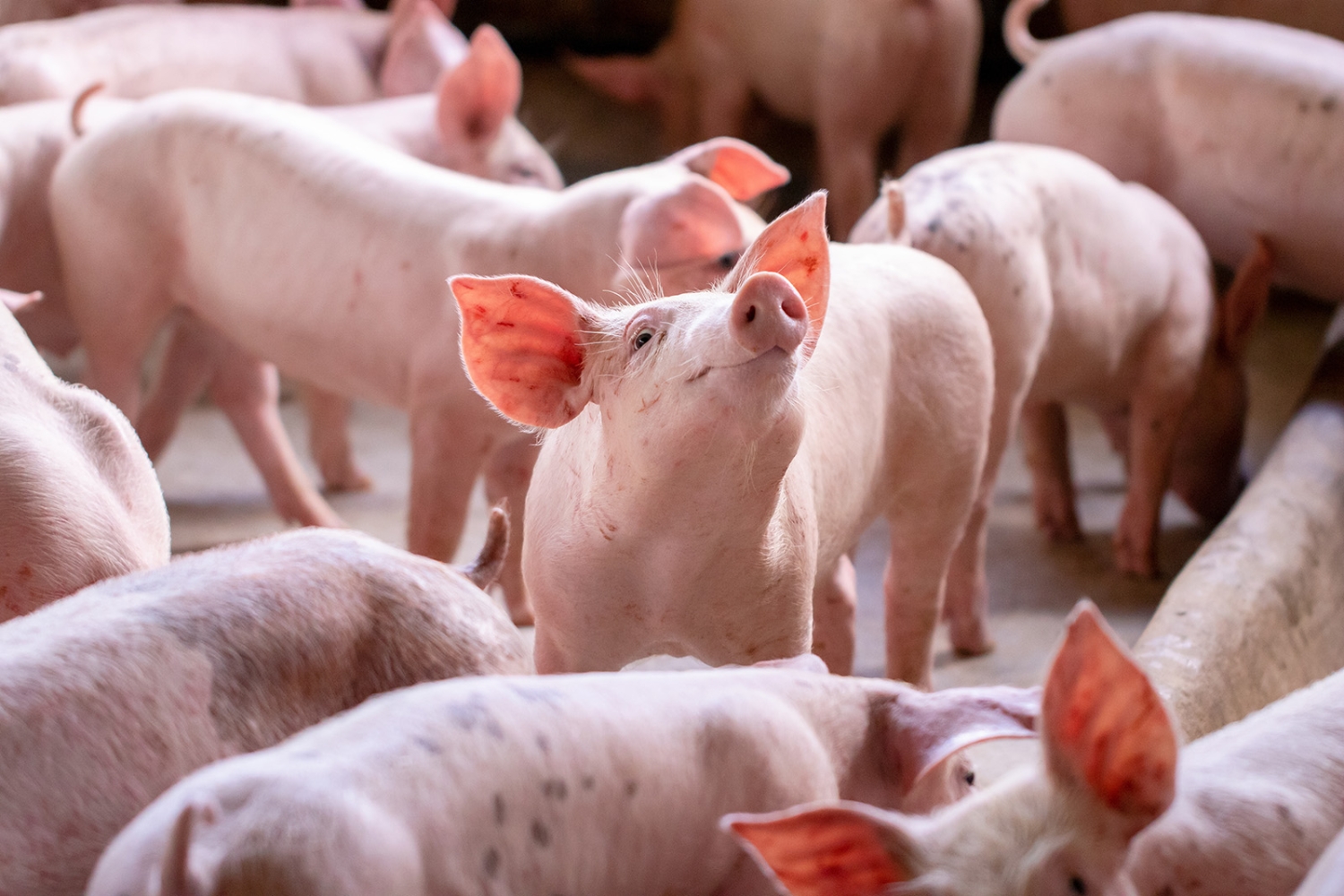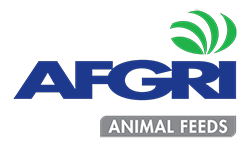Nutrition That Delivers: Optimising Pig Performance in a Changing South African Landscape
By Leeché Storm, Monogastric Technical Advisor, AFGRI Animal Feeds

For pig producers in South Africa, nutrition isn’t just another production factor—it’s the one that determines whether your operation turns a profit or runs at a loss. With feed making up more than 70% of production costs, a well-balanced ration is the cornerstone of any profitable piggery. But balancing cost, availability, and performance is becoming increasingly difficult amid soaring feed prices, inconsistent grain quality, and climate-related pressures.
In this article, we unpack the most important nutritional building blocks and offer practical strategies to improve feed efficiency and animal health.
The Role of Energy in Growth and Carcass Quality
Energy is the most limiting and expensive component in pig diets. Maize remains the primary source in South African systems, but sorghum, wheat, and even cassava are viable alternatives depending on regional availability. Diets must be formulated to meet the pigs’ daily digestible energy (DE) needs, which vary based on age, body weight, and environment. For instance, finishing pigs require 2 400 to 2 600 kcal DE/kg, while cold weather or poor housing increases energy demands.
Feed conversion ratio (FCR) is directly impacted by energy balance—too little and growth suffers, too much and pigs deposit excess fat, hurting carcass grades.
Protein and Amino Acids: Don’t Cut Corners
Protein is needed for lean tissue development. Quality matters more than quantity—especially in fast-growing genetics. Soybean meal is the preferred protein source, followed by sunflower meal and canola meal. Formulations must be balanced for limiting amino acids like lysine and methionine. Without adequate lysine, pigs can’t utilise energy efficiently, no matter how much maize they eat.
Crystalline amino acids can help fine-tune diets without driving up protein levels—helpful for both cost savings and reducing nitrogen excretion.
Macro and Micro Minerals: Small Inputs, Big Results
Macrominerals like calcium and phosphorus are critical for bone strength and muscle function. The correct Ca:P ratio—ideally 1.25:1—helps avoid lameness and poor feed efficiency. The use of phytase in diets increases phosphorus availability and reduces environmental pollution.
Trace minerals such as zinc, copper, and selenium are often overlooked but have significant impacts on growth, skin health, immunity, and fertility.
Water: The Silent Limiter
A pig’s body is about 70% water. Without access to clean, cool water, pigs will reduce feed intake and suffer heat stress—especially in the hotter summer months. Water should be tested at least twice a year for microbial and mineral load.
Feed Additives and Processing: Boosting Nutrient Uptake
Additives like enzymes, organic acids, and probiotics improve digestion and nutrient absorption. Feed processing—grinding, pelleting, or fermenting—can also impact FCR, gut health, and feed palatability. However, these technologies must be cost-justified in your specific setup.
Local Ingredient Use: Reduce Cost Without Sacrificing Quality
Brewers’ grain, wheat bran, molasses, and hominy chop are commonly used to cut feed costs. These ingredients can be excellent inclusions, provided their nutritional content is properly understood. Farmers are encouraged to get their on-farm ingredients tested, especially for protein, energy, and mycotoxins.
Feeding by Phase: Efficiency Starts with the Right Formulation
Each production phase—weaner, grower, finisher, breeder—requires a different formulation. Overfeeding protein to finishers or underfeeding sows during lactation can have serious economic consequences. Work with a nutritionist or use least-cost formulation software to optimise every phase.
Conclusion: The Competitive Edge Lies in the Trough
In an industry where margins are razor-thin, and biosecurity threats loom large, nutrition provides a controllable, high-impact lever. South African pig producers who prioritise feed formulation, ingredient quality, and adaptive strategies are better equipped to weather volatility and deliver consistent, high-quality pork to market.
Now more than ever, precision nutrition is not just good practice—it’s a competitive advantage.

.png)

